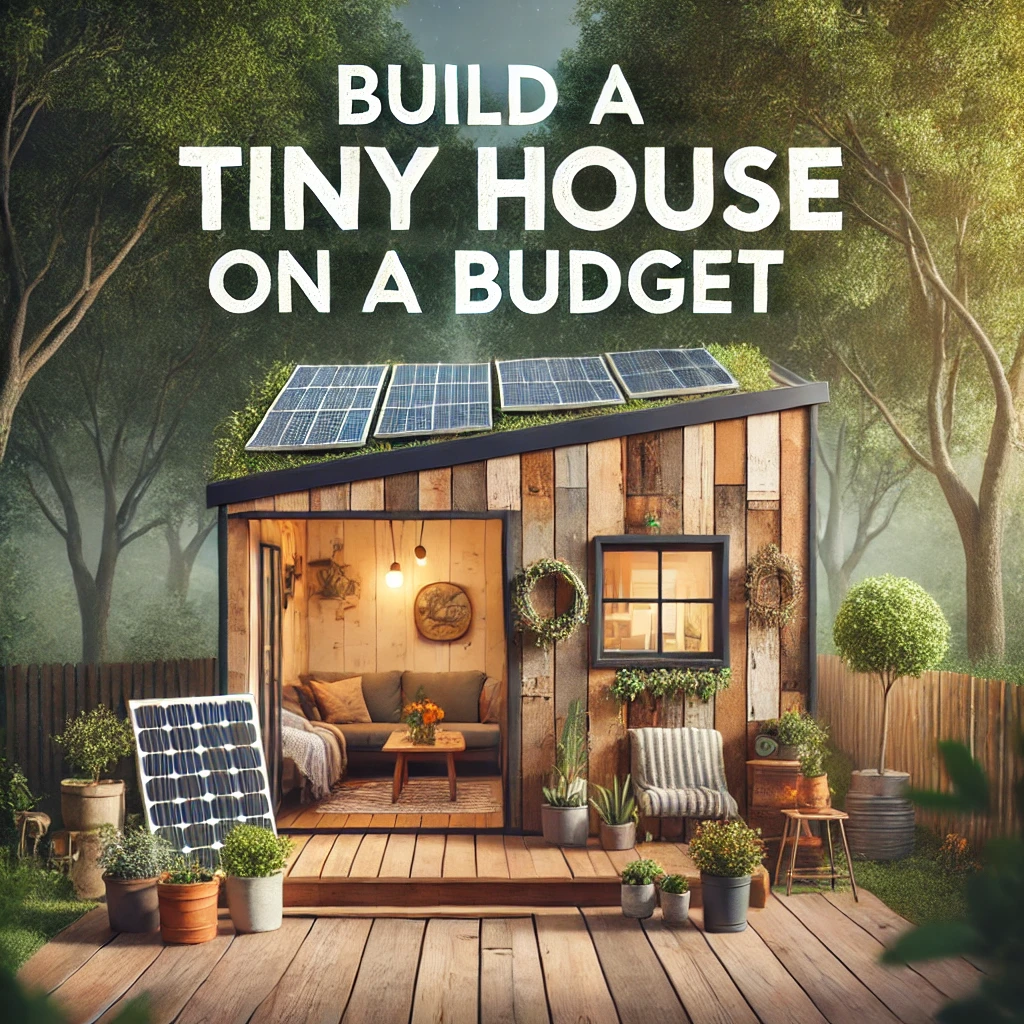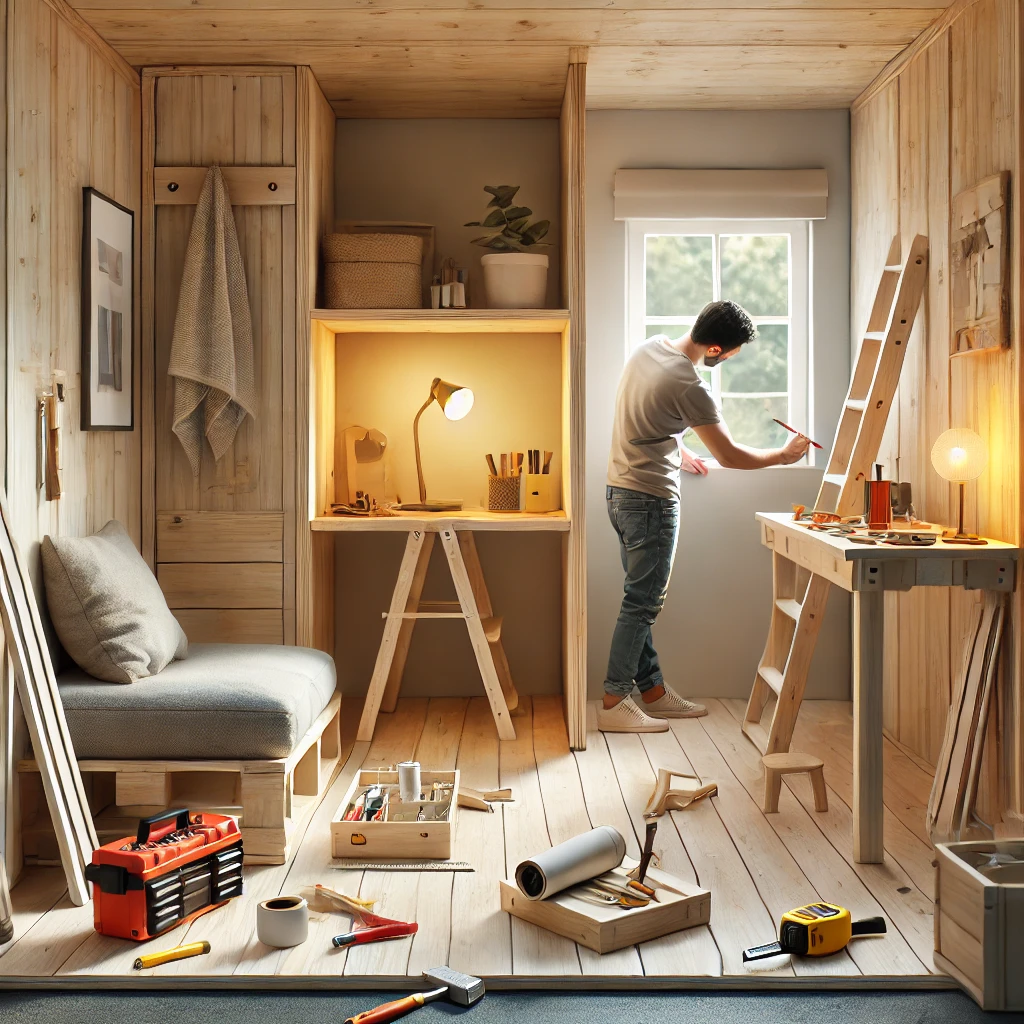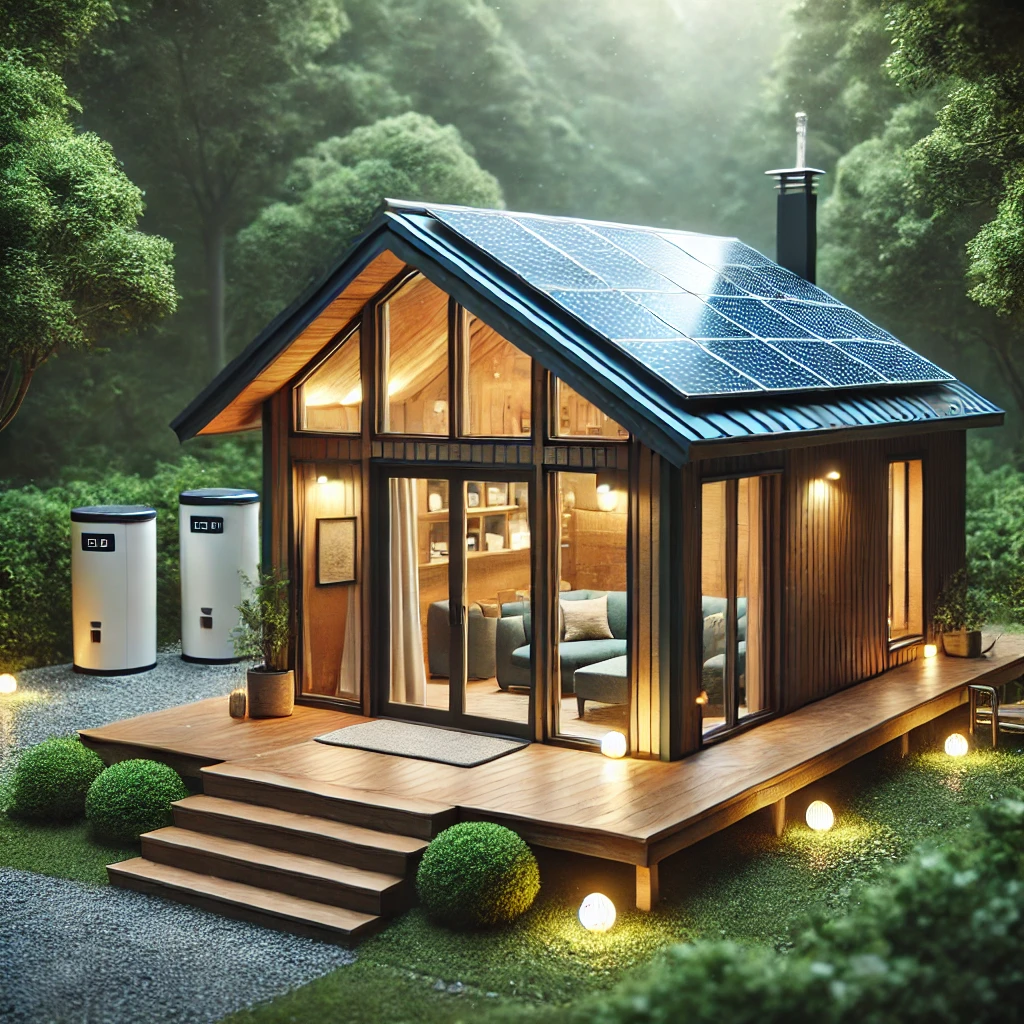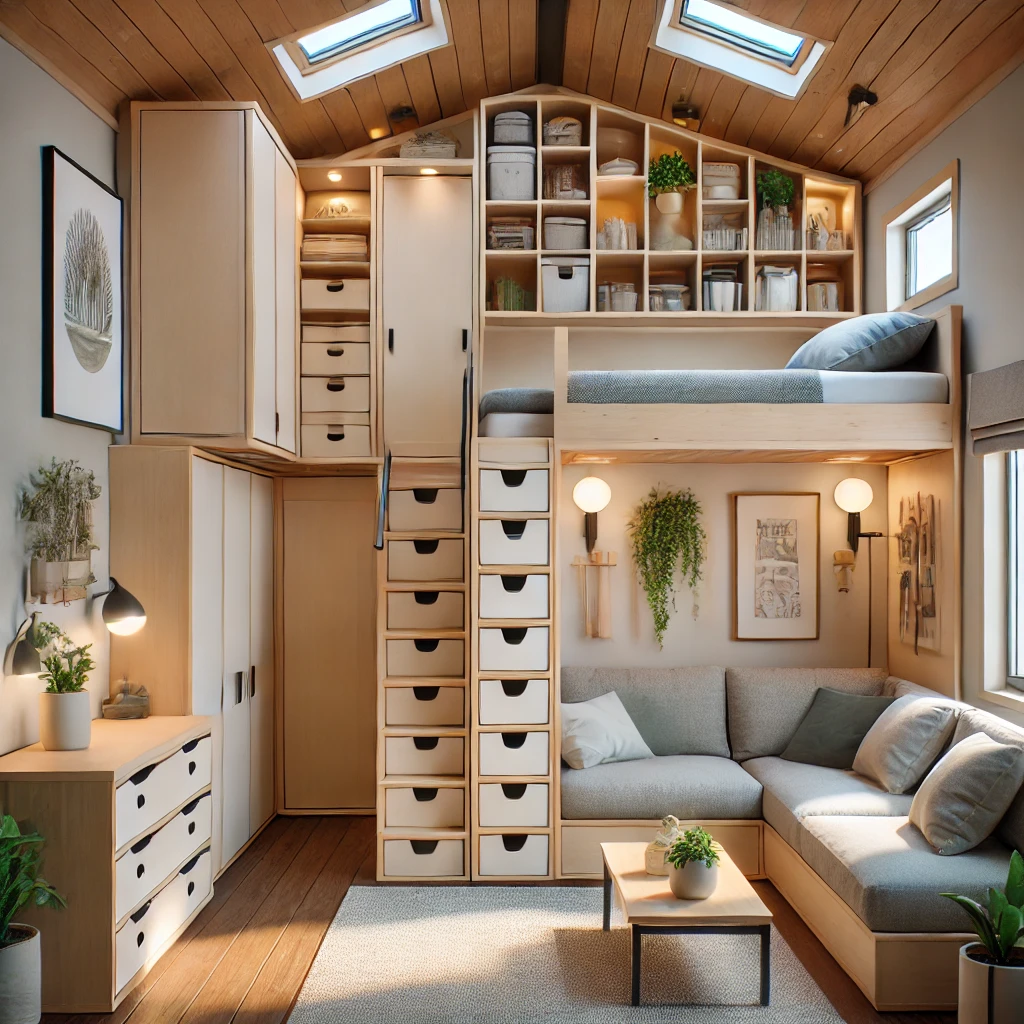Build a Tiny House on a Budget: Expert Tips to Save Money and Space

- Craft a Detailed Budget and Cost Breakdown
- Source Recycled and Secondhand Materials
- Opt for DIY Projects to Reduce Costs
- Incorporate Energy-Efficient Systems
- Optimize Space with Smart Storage Solutions
Craft a Detailed Budget and Cost Breakdown
Before starting construction, create a detailed budget to avoid overspending. Break down your costs into specific categories like building materials, tools, labor, permits, and appliances. Research material prices from different suppliers and prioritize buying locally to save on transportation costs. Include a contingency fund of at least 15% to cover unexpected expenses. Once your budget is ready, use free online tools or software like Google Sheets to track every expense during the project. Financial planning is the foundation for building your dream tiny house without draining your bank account.

Source Recycled and Secondhand Materials
Recycled materials are a goldmine for tiny house builders on a budget. Look for reclaimed wood from barns, pallets, or demolition sites—it can be repurposed for walls, flooring, or furniture. Search for used doors, windows, and tiles at Habitat for Humanity ReStores or salvage yards. Sites like Craigslist and Facebook Marketplace offer incredible deals, including free items from people eager to clear their spaces. Ensure all materials are thoroughly inspected for durability and safety. By opting for secondhand materials, you not only save money but also give your home a unique, eco-friendly touch.
Opt for DIY Projects to Reduce Costs
Labor costs are one of the biggest expenses when building a home. By taking on DIY tasks, you can save up to 50% on your budget. Start with simple tasks like painting walls, laying tiles, or assembling furniture. Consider creating custom furniture pieces tailored to your space, such as foldable tables, hidden storage units, or a Murphy bed. Online tutorials and free plans are widely available, making it easier to handle tasks without professional help. However, for complex systems like electrical wiring or plumbing, hire a licensed contractor to ensure safety and code compliance.

Incorporate Energy-Efficient Systems
Energy-efficient features not only reduce environmental impact but also save money in the long term. Install solar panels to generate your own electricity and reduce utility bills. Use proper insulation made of recycled or eco-friendly materials to minimize heating and cooling costs. Replace traditional water heaters with tankless or solar-powered systems for hot water on demand. Equip your home with energy-efficient appliances like LED lights, compact refrigerators, and low-flow faucets. By making these investments upfront, you can cut operational costs and ensure your tiny home remains affordable over the years.

Optimize Space with Smart Storage Solutions
In a tiny house, every square inch counts. Design your home to maximize vertical and hidden storage. Build lofted sleeping areas to free up floor space for other activities. Install custom cabinets with pull-out drawers to make use of every corner. Use multipurpose furniture, like a sofa bed or an ottoman with hidden storage, to save space. Add wall-mounted shelves, pegboards, or hooks for storing items without cluttering your living area. Incorporating these design tricks can make your tiny house feel more spacious while keeping everything organized and functional.
